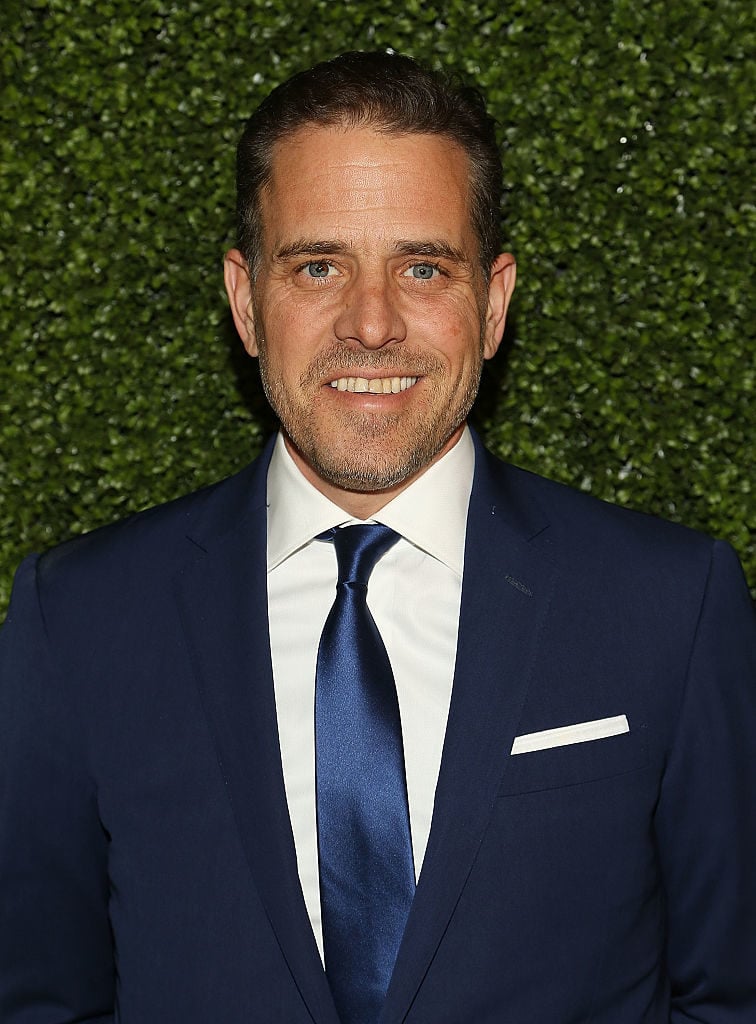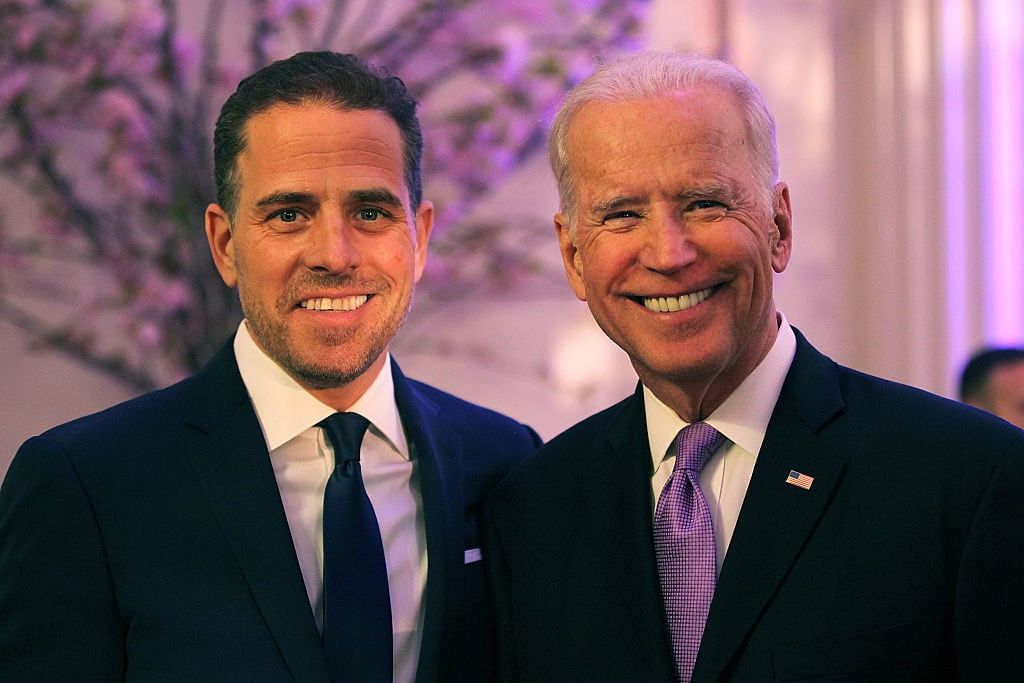People
Hunter Biden Has Left Lobbying to Become a Fine Artist. So What Does the Art World Think of Joe Biden’s Son’s Work?
Biden says his practice of making blown ink abstractions on paper helped him in his struggle with addiction.

Biden says his practice of making blown ink abstractions on paper helped him in his struggle with addiction.

We learned a lot about Hunter Biden in the wake of the scandal that saw President Trump attempting to strong-arm Ukraine into investigating the son of former Vice President Joe Biden, who could be running against Trump for the presidency later this year if he wins the democratic nomination.
But in all the unearthed stories about Hunter Biden’s struggles with addiction, the child he fathered with a stripper while dating the widow of his deceased brother, Beau Biden, one tidbit that might have gotten lost in the shuffle is that he is also an artist.
In a profile published today in the New York Times, Biden, who turned 50 this month, discusses his burgeoning practice of making blown ink abstractions on paper.
Inviting the newspaper into his pool house-turned-art studio in the Hollywood Hills of Los Angeles, Biden explains how art helped him overcome addiction and provided a kind of sanctuary while his name was paraded across the tabloids. He also demonstrated his technique of blowing alcoholic ink with a metal straw, saturating Japanese Yupo paper with spore-like rings of muted color.
Painting “keeps me away from people and places where I shouldn’t be,” said Hunter Biden, well known for his foreign dealings and his battles with drug addiction https://t.co/4kWHygfyJd
— New York Times Arts (@nytimesarts) February 28, 2020
The occasion marked the first time that Biden has shared his work with the world. “For years I wouldn’t call myself an artist,” said Biden, who has previously worked as a lobbyist, a venture capitalist, and an investor. “Now I feel comfortable saying it.”
While Biden has been earnest in his embrace of art, the industry has been more reticent to embrace him. Employing an accomplished film producer as an ad-hoc agent last year, Biden went on a campaign to sign with a gallery, but found no takers.
Critics, too, seem unenthused. “Generic Post Zombie Formalism illustration” is how Jerry Saltz, New York magazine critic and author of the forthcoming book How to Be an Artist, characterized Biden’s work in an email to Artnet News.
Saltz also offered a few words of advice: “Lose the big signature at once; forget the Kusama dots altogether; experiment with the surface and color and tools. Really consider the whole-page as a space and not make everything derivative all-over composition. The background doesn’t always have to be white, you big baby.”

Hunter Biden with his father, Joe Biden, at the World Food Program USA’s Annual McGovern-Dole Leadership Award Ceremony in 2016 in Washington, DC. Photo by Teresa Kroeger/Getty Images for World Food Program USA.
Meanwhile, art critic Scott Indrisek, former deputy editor of Artsy, had this to say: “Hunter’s paintings have a kind of vaguely scientific, vaguely psychedelic vibe that reminds me of Fred Tomaselli—if Fred Tomaselli started making art for dermatologists’ waiting rooms. But then again, the process here seems more important than the finished product. I guess it’s important that wounded men of a certain age and privileged background have the opportunity to find themselves creatively… it’s just too bad that everyone else is expected to pay attention.”
Artnet News’s own art critic Ben Davis had a somewhat more favorable response: “As digital images, at least, they are pleasing. It’s hard to say what they look like without seeing how the actual paper holds the ink. You can’t really judge it from your desktop.”
“It doesn’t seem like there’s a style or a theme, just a kind of seeing-what-pattern-the-ink-suggests kind of thing,” Davis added. “It seems like he’s trying to occupy his mind, and three of the four you see kind of read as trying to fill up the empty space and to make some structure out of a mess—so pretty allegorical in terms of where he finds himself.”